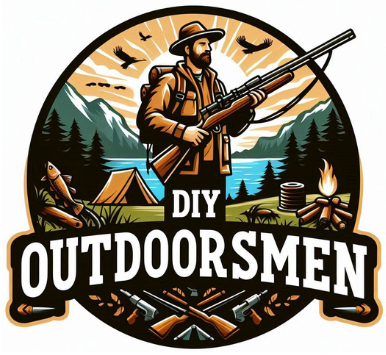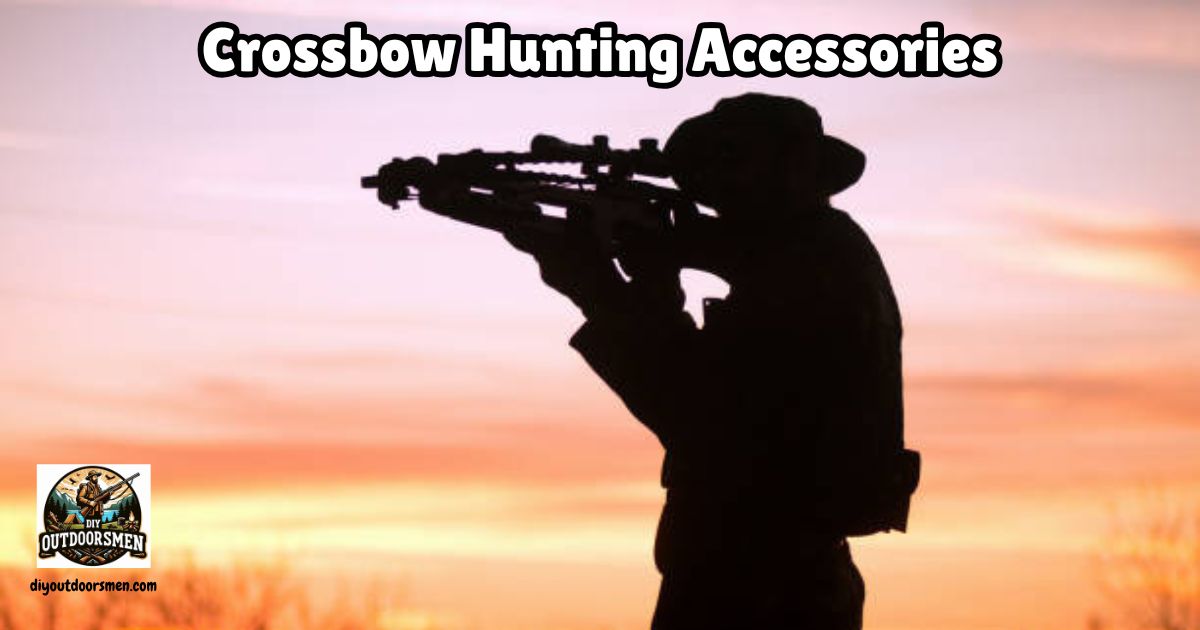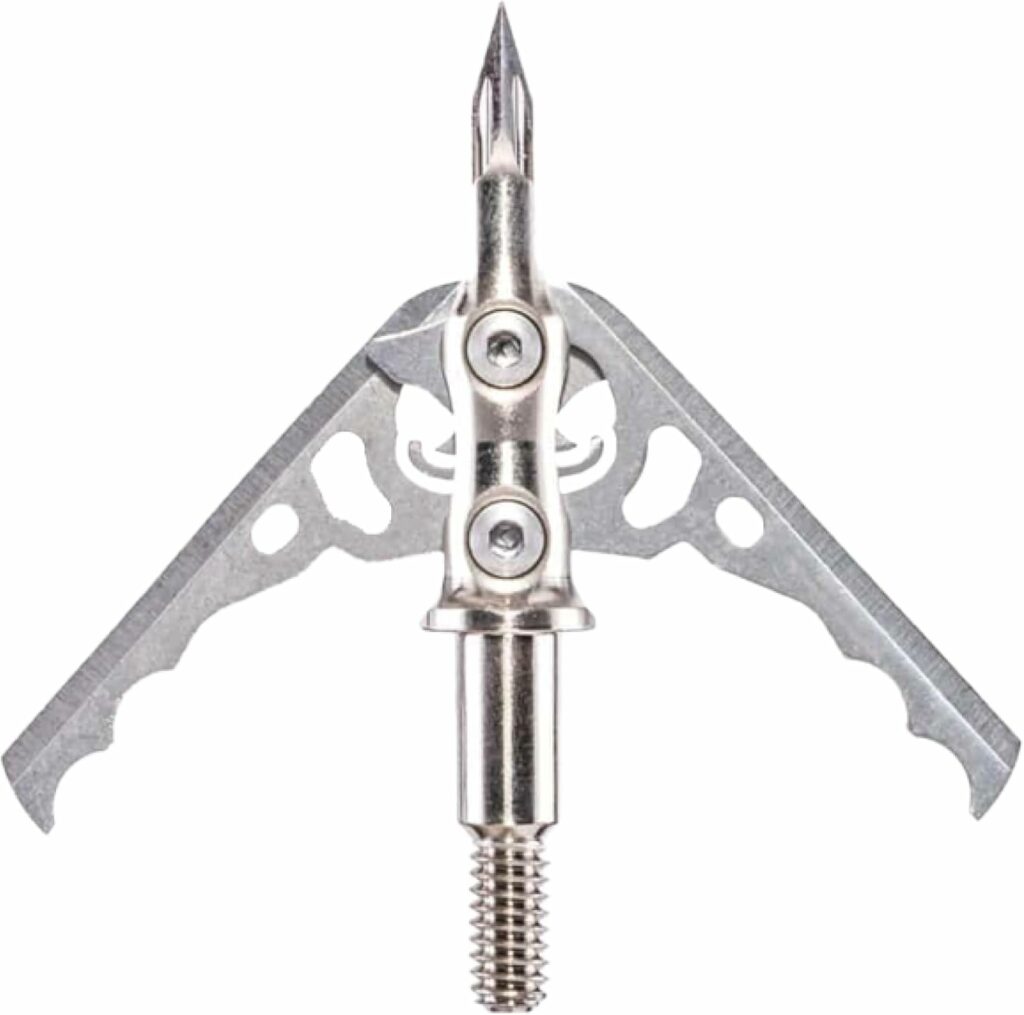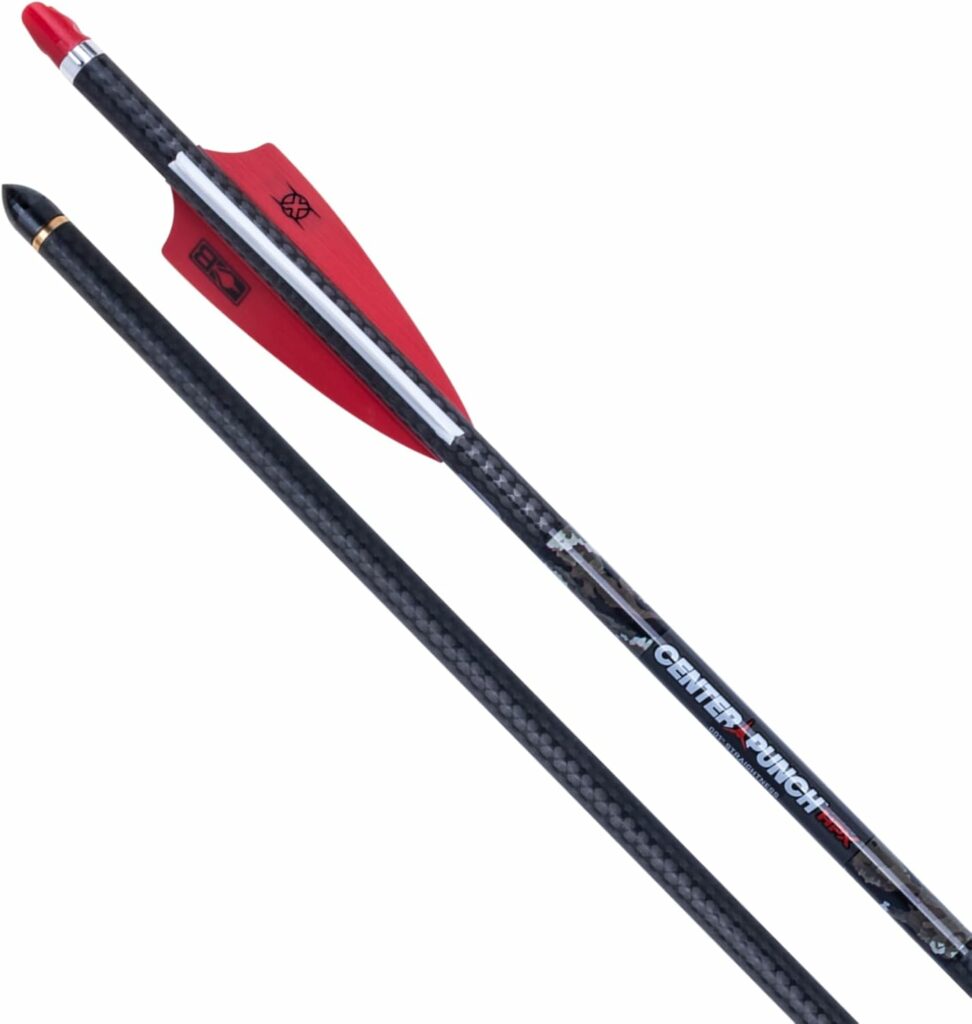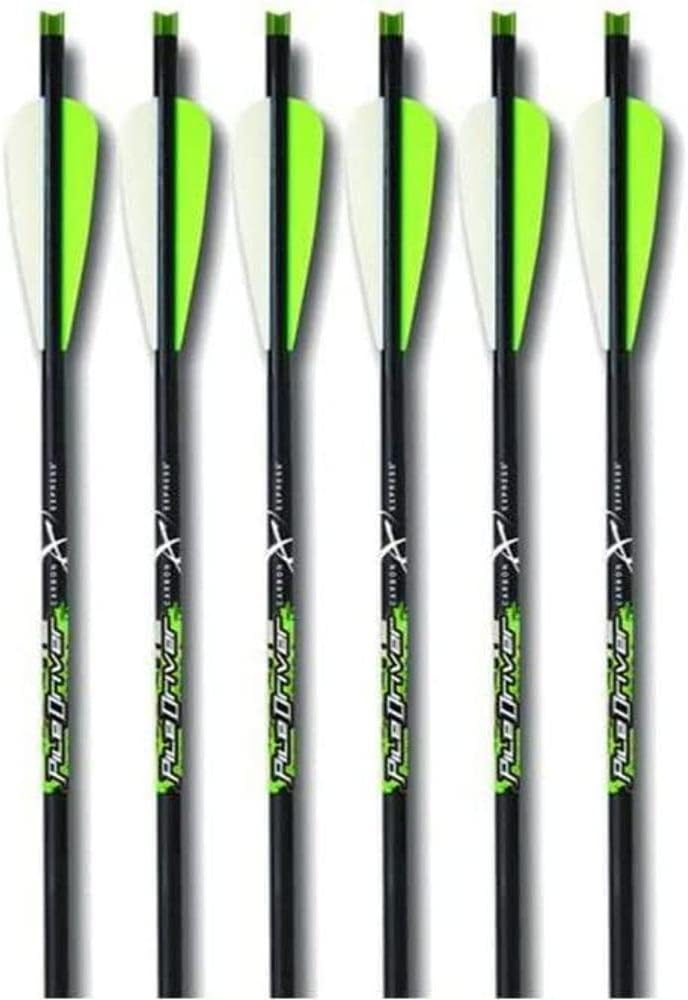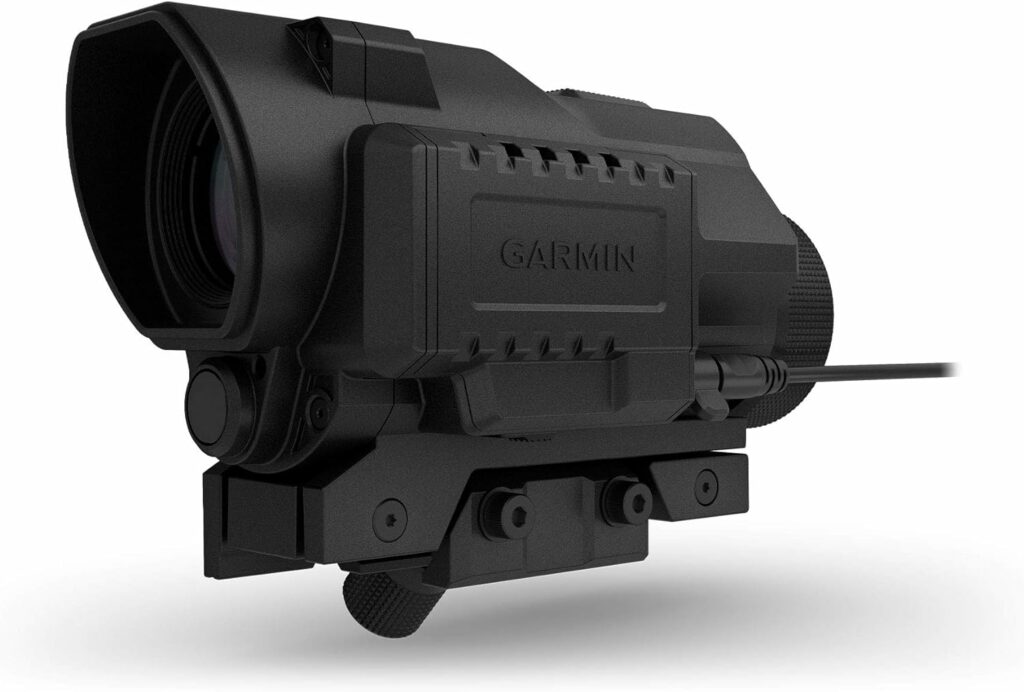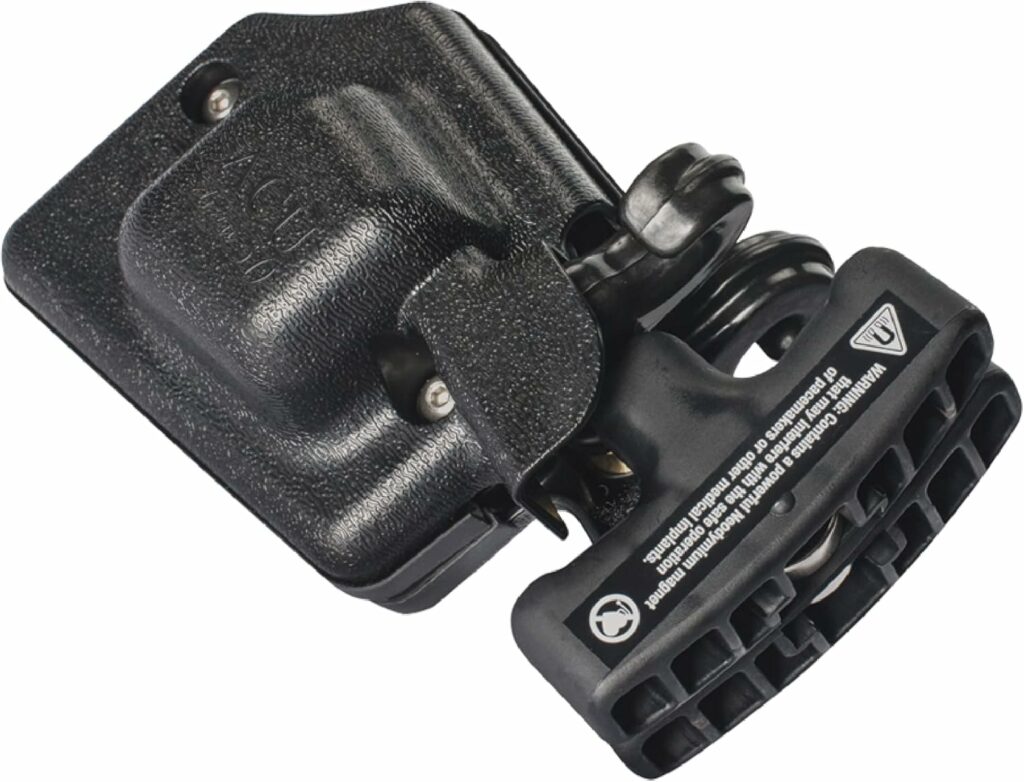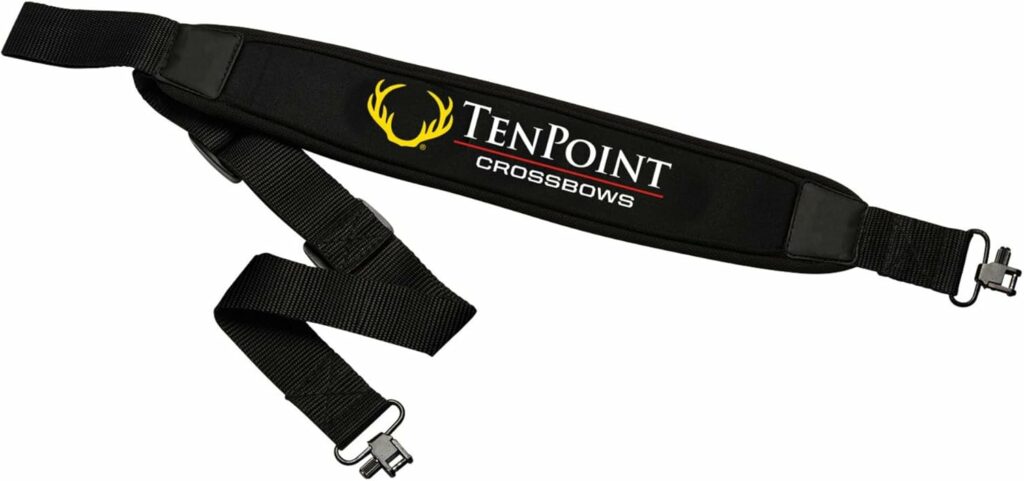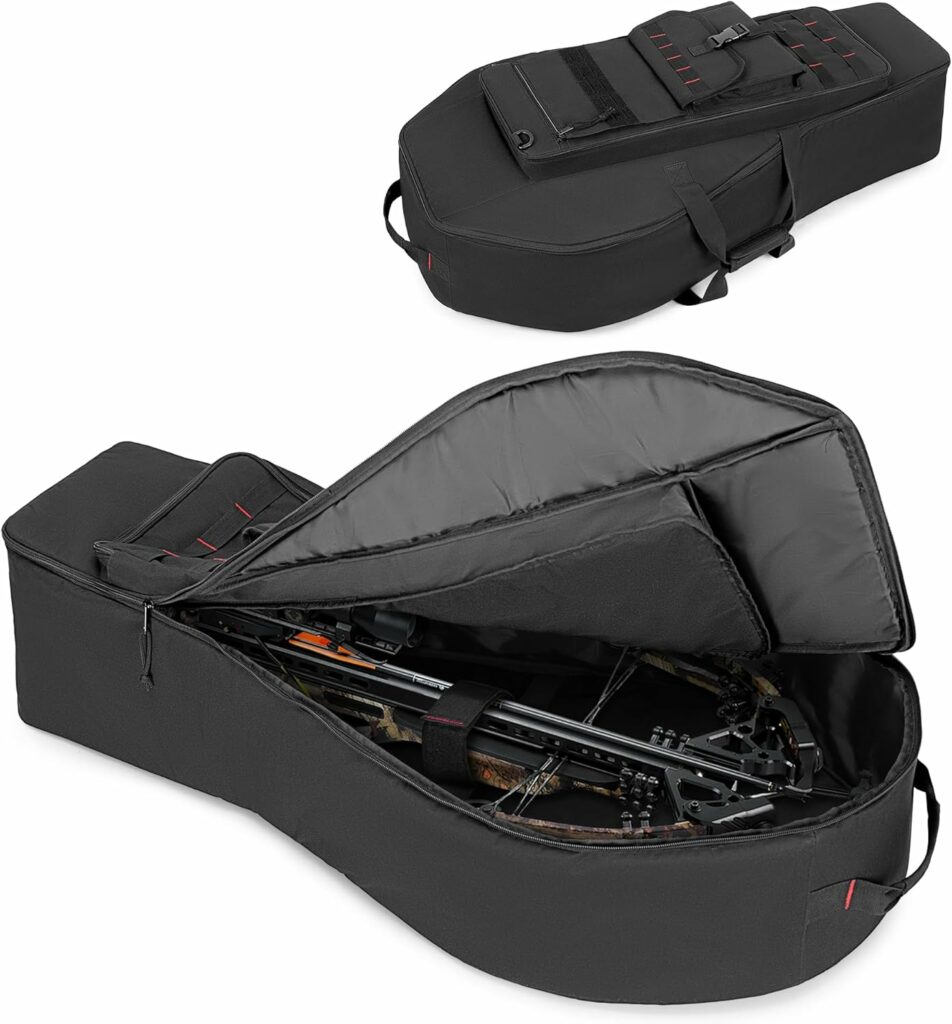Contents
- 1 Key Crossbow Accessories to Boost Your Hunting Setup
- 2 Picking the Right Broadheads
- 3 Bolts (Arrows) and Getting the Right Match for Your Crossbow
- 4 Scopes and Sights to Help Zero in on Your Target
- 5 Quivers to Keeping Bolts Within Reach
- 6 Cocking Devices that Make Loading Easier and Safer
- 7 Carrying and Transporting Your Gear with Confidence
- 8 Maintenance and Keeping Your Crossbow Reliable
- 9 Safety Gear for Protecting Yourself During Every Hunt
- 10 Other Handy Accessories for a Smoother Hunt
- 11 Common Questions About Crossbow Accessories and Hunting Gear
- 12 Final Thoughts on Preparing for Crossbow Hunting
Crossbow hunting brings together careful preparation, patience, and the right crossbow accessories for a successful hunt. When I plan a hunt, I always start by thinking about my equipment, knowing that my experience can change completely based on what I bring along.
QUICK LOOK: Crossbow Accessories for Hunting
- Broadheads: Broadheads are the business end of your bolt and have a huge impact on how effective each shot is. I usually choose between fixed-blade and mechanical broadheads depending on my target.
- Bolts (Arrows): Using the wrong bolts can throw off accuracy or, even worse, cause equipment damage. Most crossbows do best with carbon bolts, which provide speed and strength while staying lightweight.
- Scopes and Sights: A good scope is one of the simplest ways to step up your accuracy. I look for multi-reticle scopes that let me adjust for different distances, as well as illuminated reticles for lowlight hunts.
- Quivers: A quiver organizes bolts and keeps them easy to access without making noise. I’ve found that bow-mounted quivers work best for quick access during the hunt, while hip or back-mounted quivers can be more comfortable on longer hikes.
- Cocking Device: Cocking a crossbow can be tough, especially with higher draw weights. cocking devices help by reducing the physical effort required and keeping the string centered, so shots are more consistent.
- Carrying and Transporting: Hard cases give maximum protection, while padded soft cases are lighter and more convenient for short trips. A good sling spreads the weight of the bow and lets me move through rough terrain with my hands free.
- Maintenance Gear: I always pack string wax and rail lube to extend the life of the string, prevent fraying, and keep everything operating smoothly. A simple field kit with Allen wrenches, a cleaning cloth, and lubricant covers most on-the-spot fixes.
- String Suppressors: String suppressors and vibration dampeners help tone down noise and vibration after a shot, making follow-up shots easier if the game isn’t startled.
- Range Finder: A laser rangefinder gives quick and precise readings, so I know exactly how far the target is, which is important for shot placement.
For anyone looking to improve their hunting setup, choosing the best crossbow accessories and gear makes a difference. I’m sharing what I’ve learned to help you get the most out of every trip to the woods.
Key Crossbow Accessories to Boost Your Hunting Setup
The gear I pack for every crossbow hunt is a mix of basics and extras that make a noticeable difference in performance and comfort. With the range of products on the market, I focus on accessories that add real functionality. The following sections walk you through essential and useful crossbow accessories so you can make informed choices tailored to your hunting style.
Picking the Right Broadheads
Broadheads are the business end of your bolt and have a huge impact on how effective each shot is. I usually choose between fixed-blade and mechanical broadheads depending on my target. Fixed-blade broadheads provide reliable penetration and are a traditional choice that many trust for larger game.
Mechanical broadheads, on the other hand, open on impact and generally offer a wider cutting diameter, leaving bigger blood trails that help track animals. Some broadheads I’ve had good results with include the TenPoint EVO-X Montec Fixed Blade Broadhead for their accuracy, and the Rage Hypodermic for dependable expansion.
Broadhead selection should always match the game; heavier and sturdier designs are better for big animals like deer or elk, while lighter options can work for smaller game. Testing broadheads before the season to get a feel for performance is something I recommend, as well-chosen broadheads can make a real difference in harvesting your target quickly and humanely.
Bolts (Arrows) and Getting the Right Match for Your Crossbow
Not all bolts are made equal. I always check the length and weight to make sure the bolt matches my crossbow’s specifications. Using the wrong bolts can throw off accuracy or, even worse, cause equipment damage. Most crossbows do best with carbon bolts, which provide speed and strength while staying lightweight.
I rely on bolts like TenPoint CenterPunch for daily hunting and Carbon Express PileDriver when I want extra punch. Make sure your broadheads fit your bolts, and double-check manufacturer recommendations so you get the best results with your setup. It’s handy to keep extras in your pack—lost or damaged bolts out in the field can mean the difference between calling it a day early or staying to make the most of your hunting opportunity.
Scopes and Sights to Help Zero in on Your Target
A good scope is one of the simplest ways to step up your accuracy. I look for multi-reticle scopes that let me adjust for different distances, as well as illuminated reticles for lowlight hunts. Some scopes, like the Hawke XB30 Pro, also include built-in range adjustments, making it easier to track targets as light and distance change.
If you want something high-tech, the Garmin Xero X1i has a digital rangefinder built into the viewfinder for quick and clear range checks. I find that dedicating time to sighting in before hunting season pays off with more successful and ethical shots. Remember to pack a lens cloth and keep your sight clean; a smudged or dirty scope can ruin a shot more quickly than you might think.
Quivers to Keeping Bolts Within Reach
A quiver organizes bolts and keeps them easy to access without making noise. I’ve found that bow-mounted quivers work best for quick access during the hunt, while hip or back-mounted quivers can be more comfortable on longer hikes.
Quivers that feature quiet rubberized grips help reduce any rattling or unwanted sound, which is especially important if I’m stalking wary game. Look for quick-detaching designs for flexibility in the field or when moving through thick brush.
Cocking Devices that Make Loading Easier and Safer
Cocking a crossbow can be tough, especially with higher draw weights. Rope cockers help by reducing the physical effort required and keeping the string centered, so shots are more consistent. For even more convenience, crank cocking devices let you cock the bow with minimal effort—something I appreciate on longer days or if I need to cock quietly and steadily. The ACUdraw system from TenPoint is one I’ve found especially handy, adding both speed and safety to the process.
Carrying and Transporting Your Gear with Confidence
Protecting my crossbow on the way to the hunt site is just as important as caring for it in the field. Hard cases give maximum protection, especially if you need to check your gear during travel, while padded soft cases are lighter and more convenient for short trips.
A good sling spreads the weight of the bow and lets me move through rough terrain with my hands free. Products like the TenPoint Neoprene Crossbow Sling make carrying more comfortable on longer treks. Also, a case with pockets for extra accessories like bolts, wax, or rangefinders helps keep things organized and accessible throughout your trip.
Maintenance and Keeping Your Crossbow Reliable
Crossbows are made to handle tough conditions, but regular maintenance keeps them in working order. I always pack string wax and rail lube to extend the life of the string, prevent fraying, and keep everything operating smoothly.
A simple field kit with Allen wrenches, a cleaning cloth, and lubricant covers most on-the-spot fixes. I use TenPoint’s Maintenance Kit for full coverage because it’s compact but thorough. Doing quick checks before and after each hunt saves repair hassles down the line. It’s also a good idea to bring an extra string or two, just in case.
Safety Gear for Protecting Yourself During Every Hunt
Personal safety comes first. Shooting glasses shield your eyes from debris, especially when cocking or loading. Gloves reduce string slap and protect your fingers when handling broadheads. If your hunt involves an elevated stand, a proper harness keeps you secure.
I never skip my harness when setting up on high platforms. Additionally, wearing blaze orange or appropriate safety gear signals your presence to other hunters, which is vital for everyone in the woods.
Other Handy Accessories for a Smoother Hunt
Some accessories aren’t required, but can make a big difference. A laser rangefinder gives quick and precise readings, so I know exactly how far the target is, which is important for shot placement. String suppressors and vibration dampeners help tone down noise and vibration after a shot, making follow-up shots easier if the game isn’t startled.
Another underrated item is a small, quality headlamp if you find yourself tracking game or packing up at dusk. Consider packing a folding stool or lightweight seat if you plan to wait in one spot for hours, as it makes long sits much less taxing. Bug spray, a basic first-aid kit, and a water bottle round out my go-to gear for extended hunts.
Common Questions About Crossbow Accessories and Hunting Gear
After years of hunting and answering questions for friends and newcomers, I see a lot of the same concerns repeated. Here are practical answers that come from direct experience and research.
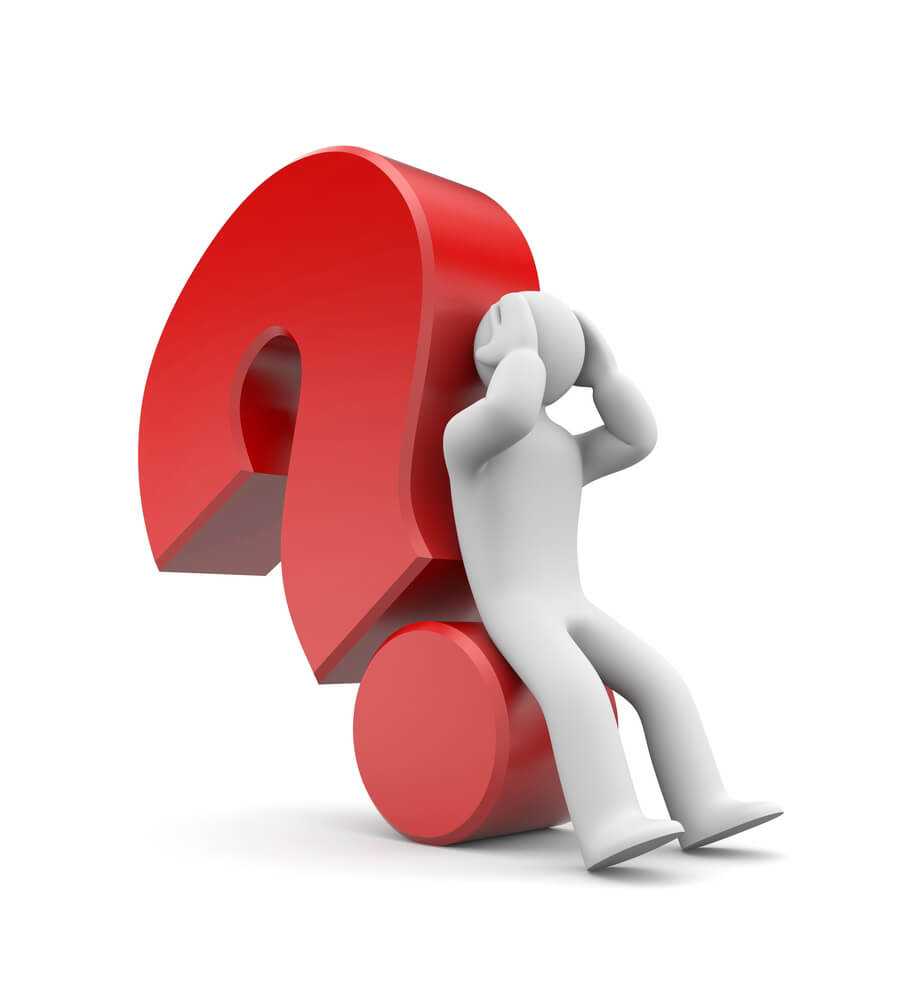
How often should I maintain my crossbow?
After every hunt, I check the string and rail, wipe down metal parts, and look for wear. Lubing the rail and waxing the string every few outings keeps everything reliable. Detailed maintenance at the start and end of each season takes a little extra time but pays off by preventing issues later on. Don’t forget to inspect bolts, broadheads, and any moving parts before storing your equipment.
How do I choose the right scope for my crossbow?
I look for scopes that offer adjustable reticles and good magnification without being bulky. Most crossbow scopes are set for specific bolt speeds, so match your scope to your crossbow’s specs. Reading reviews and testing in the field before hunting season helps. Consider eye relief, clarity in low light, and waterproof or fogproof designs when making your decision.
Are mechanical or fixed-blade broadheads better for hunting?
Both have their strengths. Fixed-blade broadheads work better in brush and for large game, while mechanical broadheads fly more like field points and can improve accuracy. I always test both types at the range before deciding what to use each season. Swap out styles depending on the size of the game or local hunting regulations, as some areas only allow specific types.
Do I really need a cocking device if I am strong enough to pull the string manually?
Even if I have the strength, I use a cocking device to ensure the string is centered every time, which improves consistency and accuracy. Over time, it also prevents muscle fatigue, especially after multiple shots or long hunts. Relying on a rope or crank cocking device also reduces the risk of injuring your back or shoulders.
Final Thoughts on Preparing for Crossbow Hunting
From personal experience, investing in solid accessories and gear makes hunting more comfortable and productive. The right broadheads, matched bolts, a reliable scope, and maintenance tools keep me ready for any situation.
With safety gear and a few convenient extras, I can focus on the hunt itself and enjoy my time outdoors even more. Careful gear choices and preparation add up to a better hunting experience, no matter the game or conditions. Whether you’re a beginner eager to get involved or a veteran looking to freshen up your kit, the right equipment can give your adventure a real boost.
Most Recent Articles:
- Bow Hunting For Mule Deer
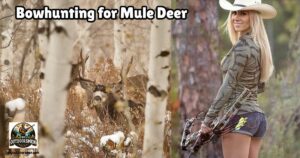
- Best Public Land Mule Deer Hunting

- Drone-Based Scouting Services For Mule Deer
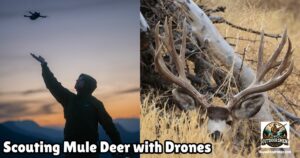
- Late Season Mule Deer Hunting Tips

- 8 Tips for Dealing with Hunting Pressure While Mule Deer Hunting
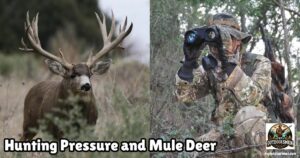
- TideWe Portable Hunting Blinds
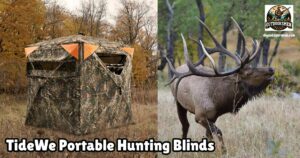
As always, stay safe, enjoy the journey, and please try to leave it cleaner than you found it. If you have any comments, questions, ideas, or suggestions, please leave them in the comment section below, and I’ll get back to you ASAP. You can follow us on YouTube: Man Art Creations for videos of our DIY Adventures.
P.S. Thanks so much for checking out our blog; we really appreciate it. Just so you know, we may receive a commission if you click on some of the links that appear on our site. This helps us keep our content free and up-to-date for everyone. We appreciate your support!
